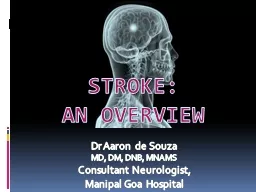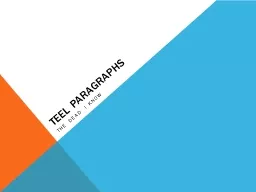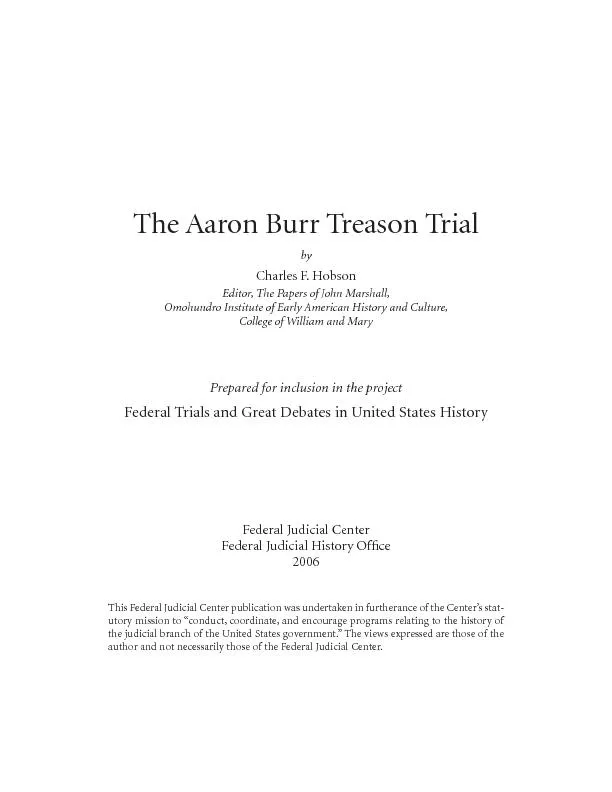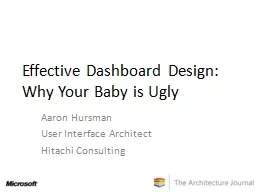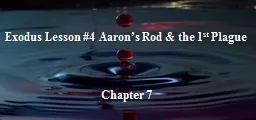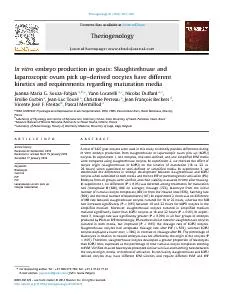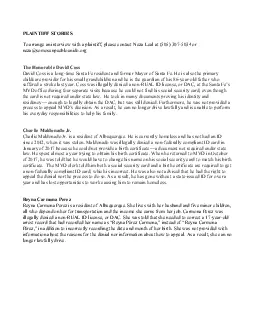PPT-Dr Aaron de Souza
Author : tatiana-dople | Published Date : 2016-05-01
MD DM DNB MNAMS Consultant Neurologist Manipal Goa Hospital STROKE AN OVERVIEW Stroke Brain Attack Sudden loss of function of a part of the brain Due to a problem
Presentation Embed Code
Download Presentation
Download Presentation The PPT/PDF document "Dr Aaron de Souza" is the property of its rightful owner. Permission is granted to download and print the materials on this website for personal, non-commercial use only, and to display it on your personal computer provided you do not modify the materials and that you retain all copyright notices contained in the materials. By downloading content from our website, you accept the terms of this agreement.
Dr Aaron de Souza: Transcript
Download Rules Of Document
"Dr Aaron de Souza"The content belongs to its owner. You may download and print it for personal use, without modification, and keep all copyright notices. By downloading, you agree to these terms.
Related Documents

